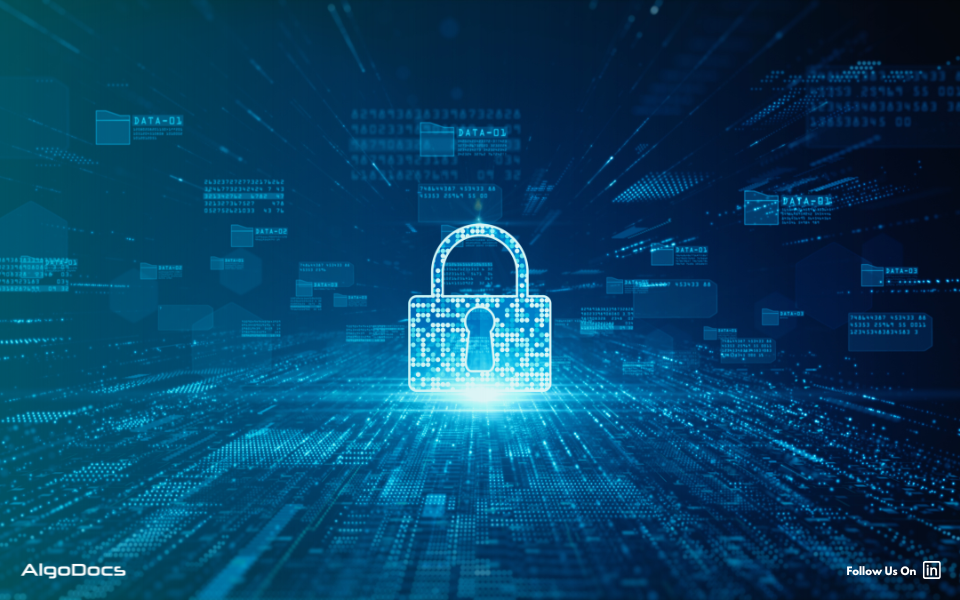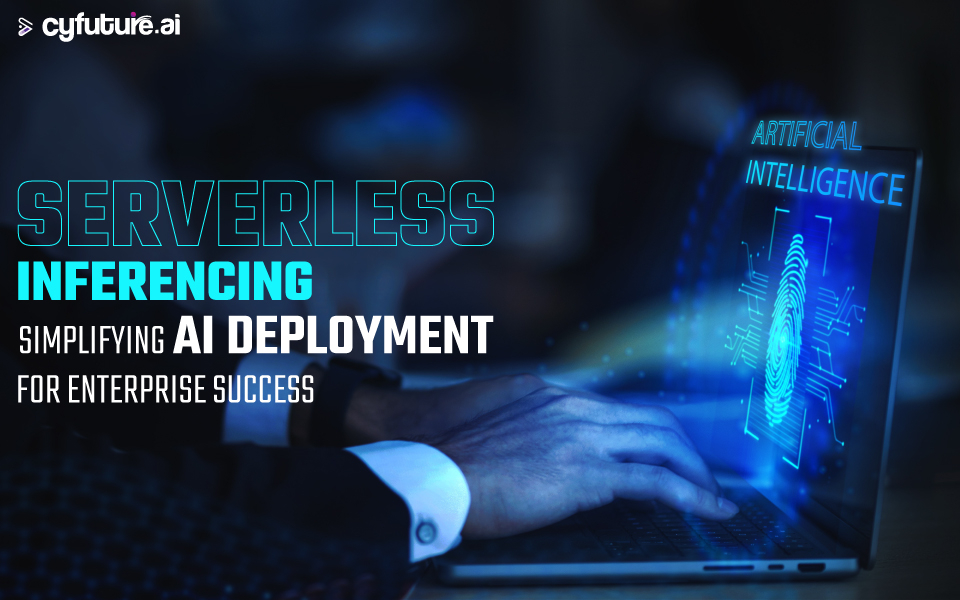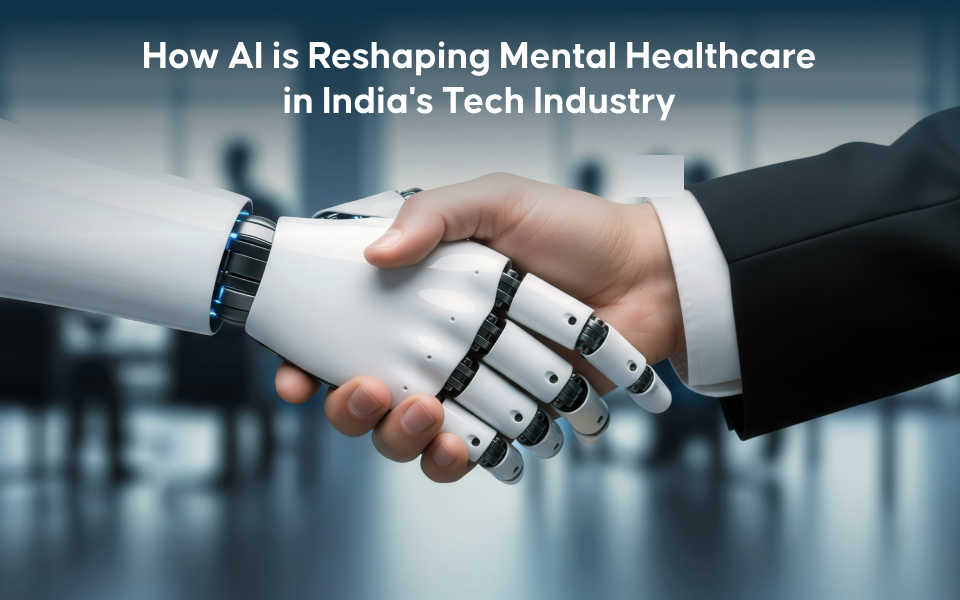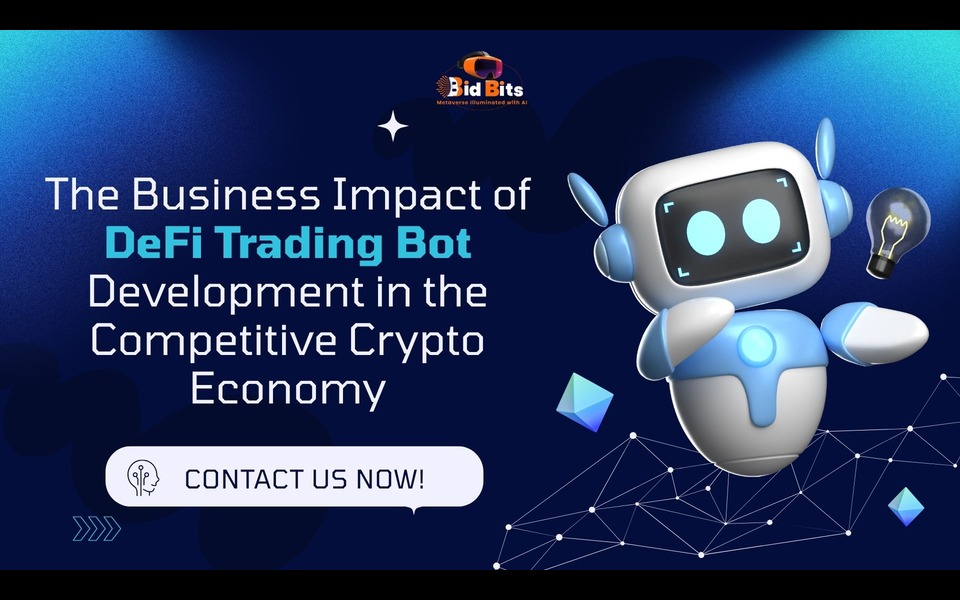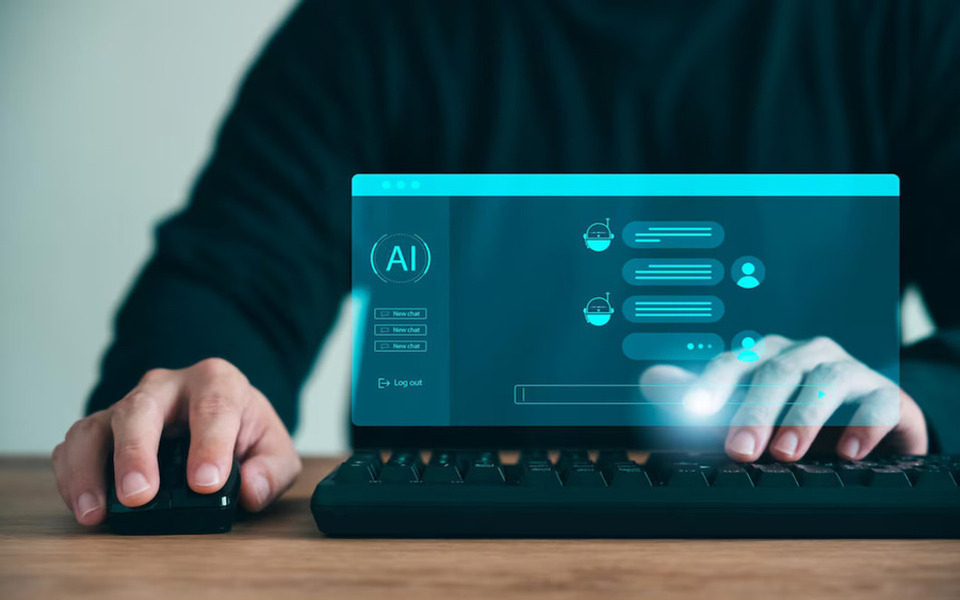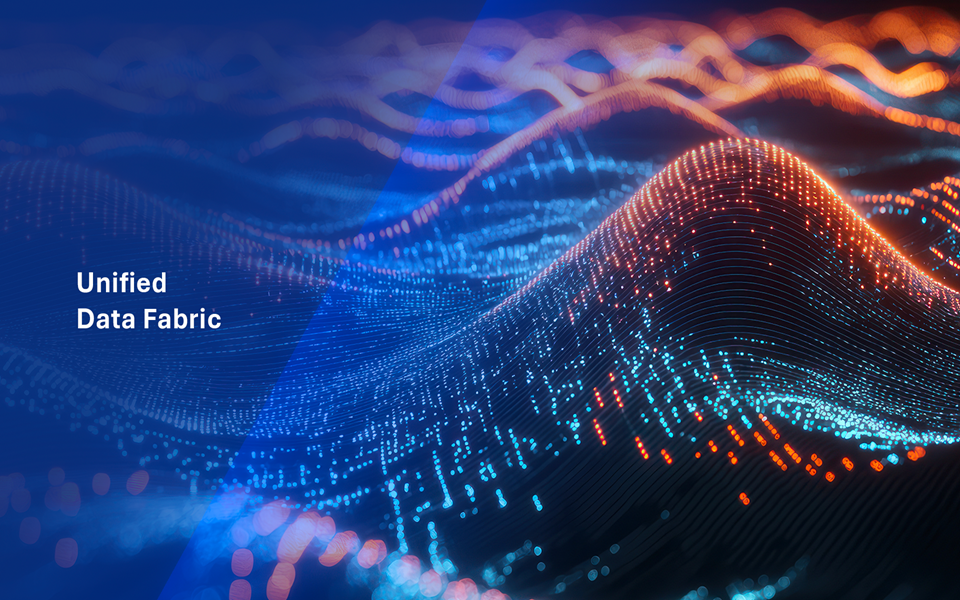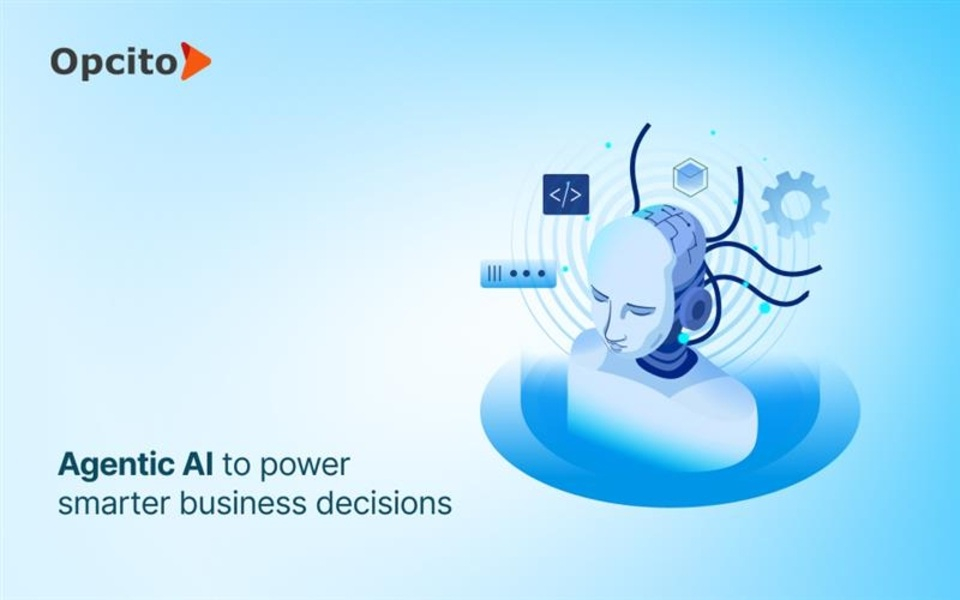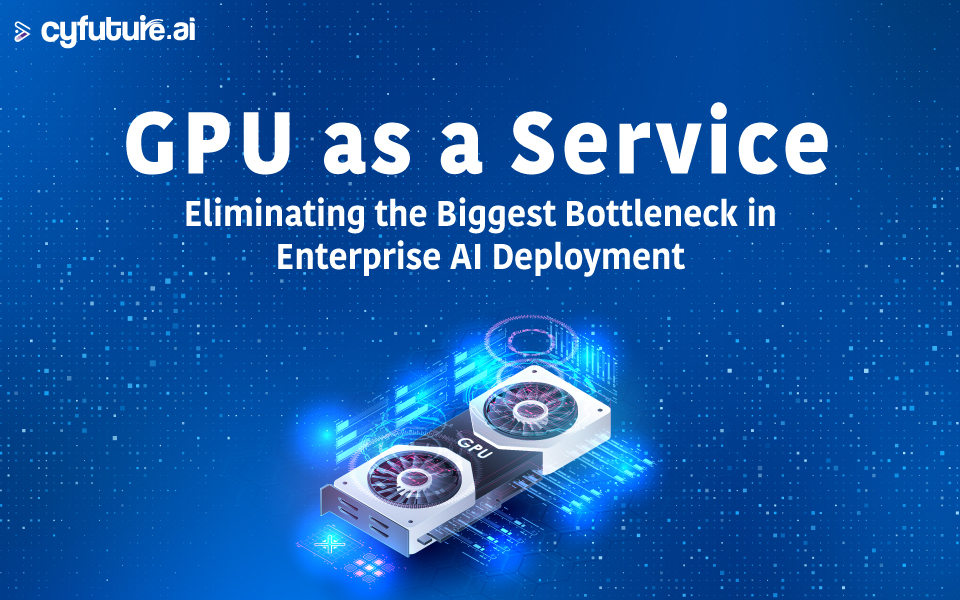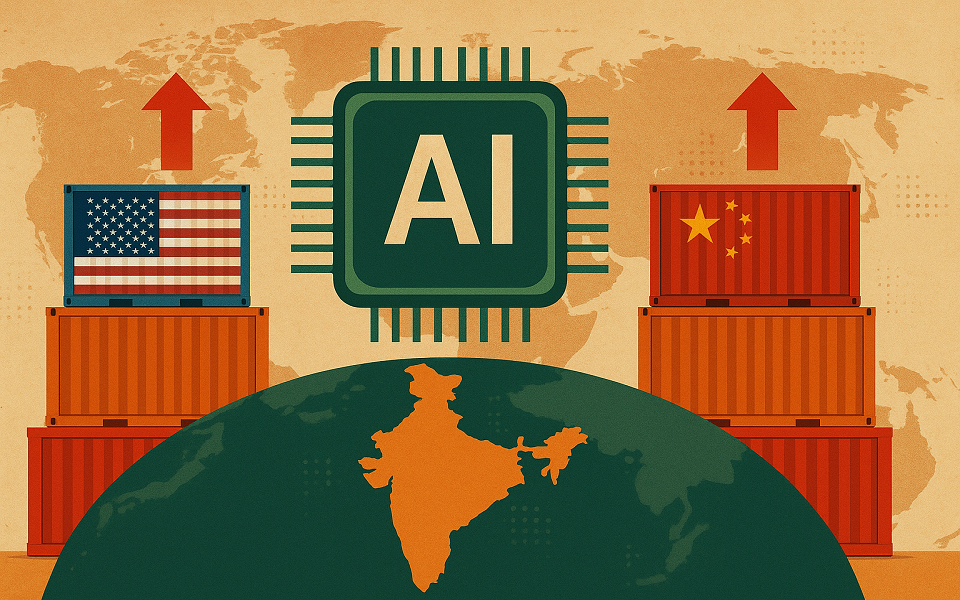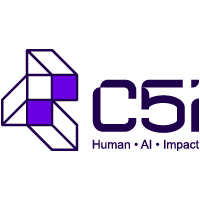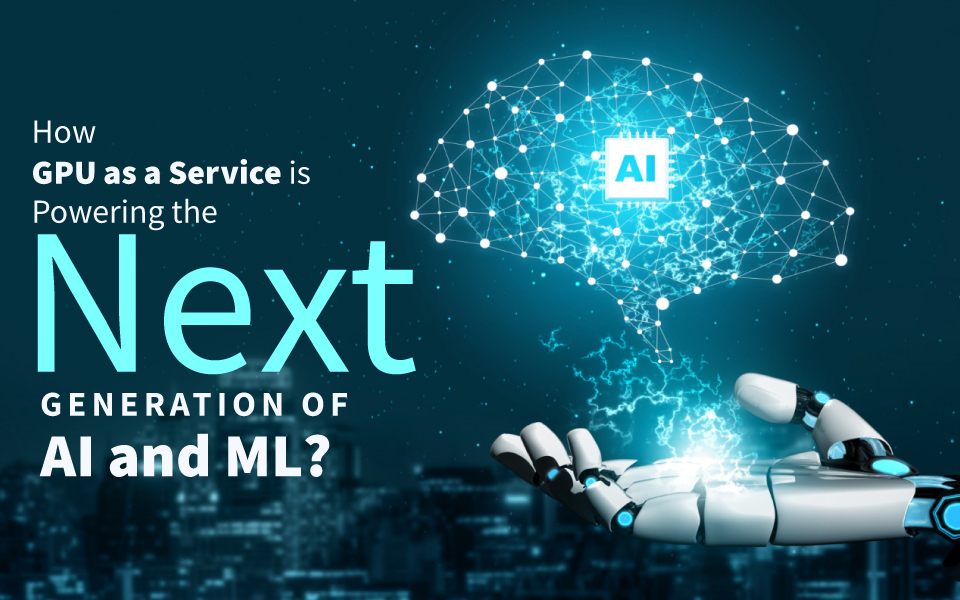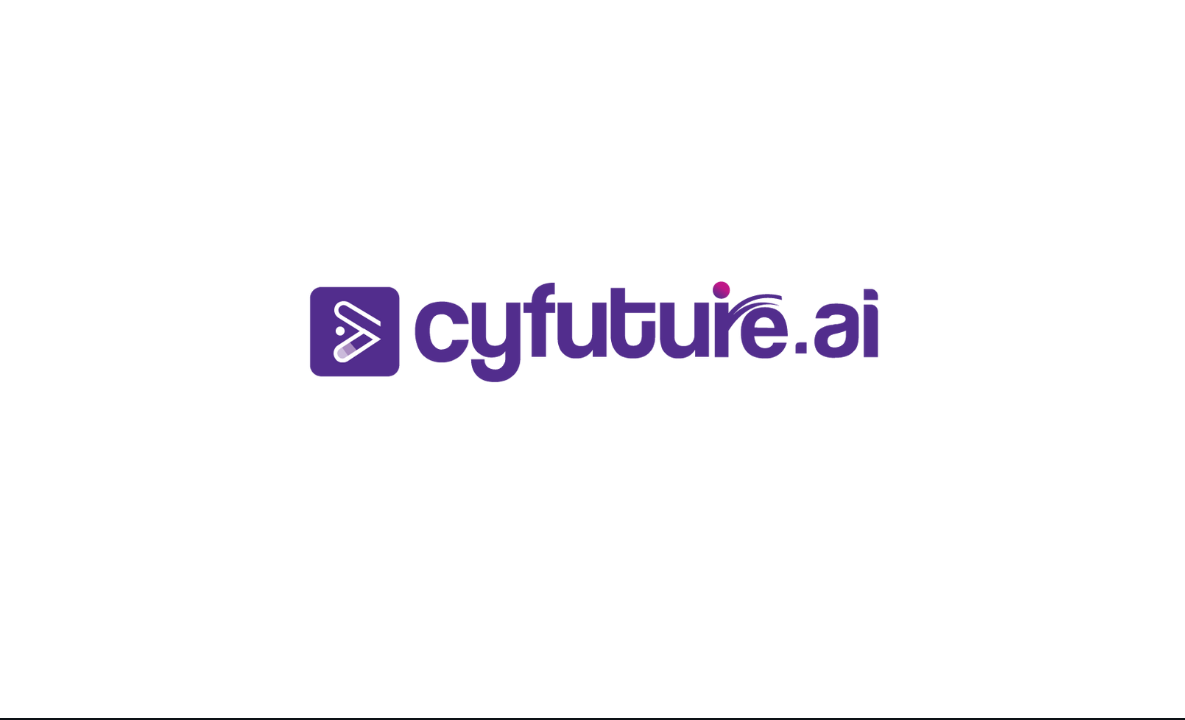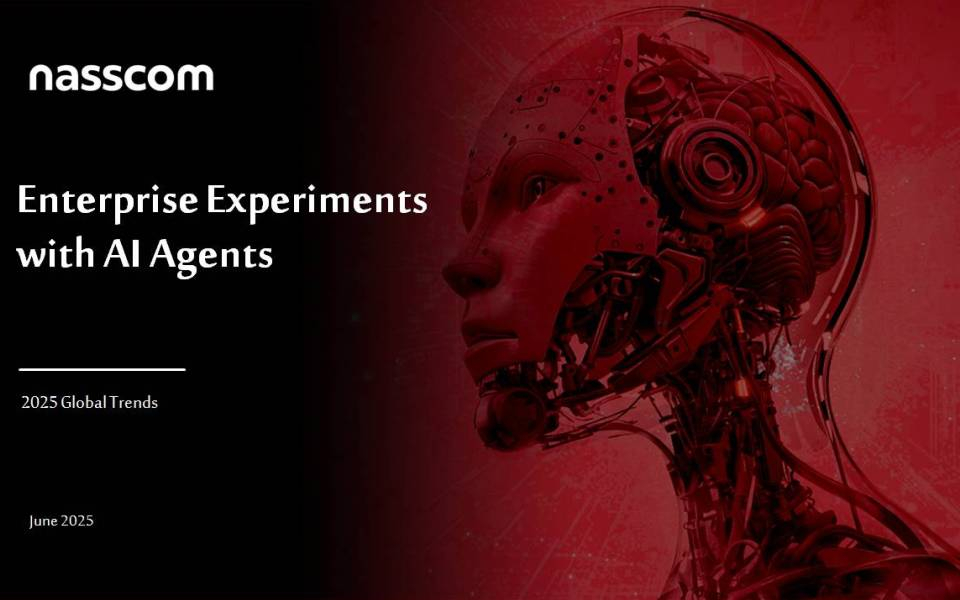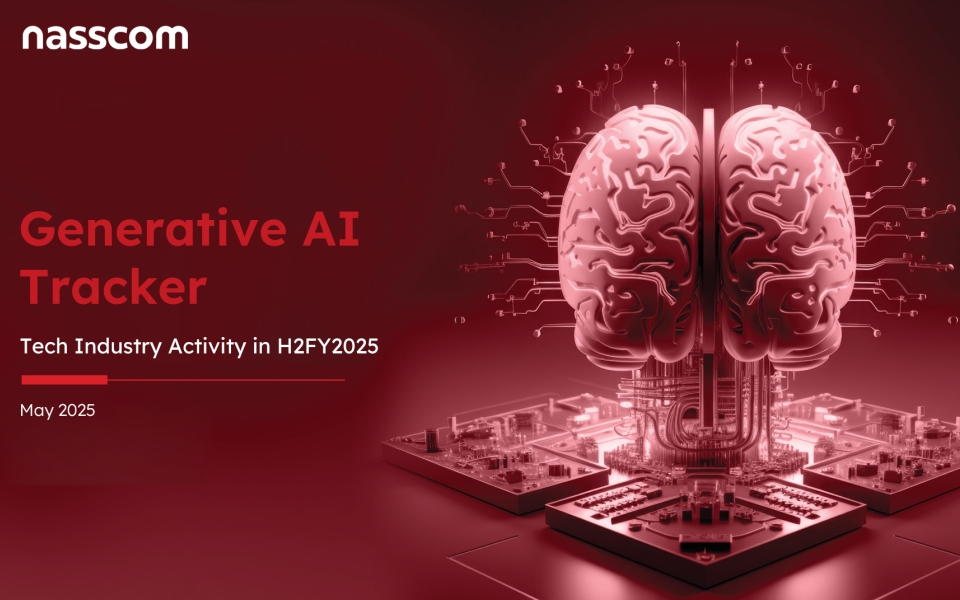In today’s digital world, data is one of the most valuable resources. Every day, businesses, governments, and individuals create, share, and store huge amounts of data. This includes customer records, financial details, health information, legal files, and even personal conversations. As the amount of data grows, so does the need to protect it from being stolen or misused.
Artificial Intelligence (AI) is changing how we handle data. AI tools can learn from patterns, detect threats, and even stop cyberattacks before they cause damage. This blog will explore how AI is improving data protection across industries, especially in areas like document processing and data extraction. We’ll also look at how AI can stop data theft and misuse in simple, easy-to-understand terms.
Understanding Data Protection
Data protection means keeping information safe from being lost, accessed without permission, or used in the wrong way. It involves methods, rules, and tools that help people and businesses guard their digital assets. Data protection ensures that:
- Sensitive data stays private
- Only the right people can see or change the data
- The data is safe from damage or leaks
- Data can be recovered if it’s lost or stolen
Good data protection isn’t just about using passwords or antivirus software. It involves planning, security tools, employee training, and regular checks to keep everything secure.
Challenges in Data Protection
Even though many tools exist to protect data, there are still major problems businesses face. Here are the most common challenges:
1. Growing Amount of Data
Companies handle more data than ever. Emails, files, videos, and online forms create tons of information every day. Managing all this data and keeping it safe is hard work.
2. Cyberattacks Are Getting Smarter
Hackers today use advanced tools to break into systems. They use fake emails (phishing), ransomware, and other methods that are harder to detect than before.
3. Human Errors
Many data breaches happen because of simple mistakes. Someone might click a bad link or send a file to the wrong person. These small actions can lead to big problems.
4. Complex Regulations
Laws like GDPR in Europe or HIPAA in the U.S. require strict handling of data. Businesses must follow these rules or face huge fines. It’s tough to stay up to date with all the changes in laws.
5. Lack of Skilled Professionals
There is a shortage of cybersecurity experts. Not all companies can hire the right people to protect their data the right way.
Industries Most Vulnerable to Data Threats
Some industries are more at risk when it comes to data theft or misuse. These industries hold sensitive information that can be very valuable to hackers or criminals.
Healthcare
Hospitals and clinics store patient records, test results, and insurance information. If this data is leaked, it can be used for identity theft or fraud.
Finance
Banks and financial companies manage account numbers, passwords, and transaction histories. Cybercriminals often target them to steal money or trick users.
Government
Government departments hold national IDs, military details, and classified information. A data breach in this sector can be dangerous for public safety.
Retail and E-commerce
Online stores collect credit card details and buying patterns. Hackers often go after them to get financial data.
Document Processing and Data Extraction
This industry handles scanned documents, legal files, contracts, and invoices. If these files are not secure, they can easily be leaked or altered. This makes intelligent document processing companies a major target.
Role of AI in Enhancing Data Protection
Artificial Intelligence can improve data protection in several important ways. Let’s understand how:
1. Threat Detection and Prevention
AI tools can scan networks and systems 24/7. They look for patterns that show a possible attack is coming. Unlike traditional security systems, AI can detect suspicious behavior early, sometimes even before a human notices.
For example, if someone logs in at a strange hour from another country, AI can spot that as a red flag and lock the account or alert the team.
2. Data Classification
AI can automatically sort and label data based on how sensitive it is. This helps in knowing which files need the highest protection and who should have access to them. It also makes it easier to follow data protection laws.
3. Automated Responses
When a threat is found, AI systems can take quick action without waiting for human input. For example, it can block access, remove harmful software, or start backups right away.
4. User Behavior Analysis
AI can track how people in a company use data. If it sees something unusual—like a user downloading too many files—it can send alerts or block the action.
5. Securing Cloud Environments
More companies now use cloud storage. AI tools help monitor these platforms and protect them from data leaks or unsafe sharing.
Intelligent Document Processing and Data Extraction
One area where AI has become essential is in Intelligent Document Processing (IDP). Many companies deal with a large number of documents every day. These include scanned forms, bills, contracts, and letters. Handling these manually is slow and risky.
AI-based IDP tools read documents, understand the content, and extract useful data automatically. This process is called data extraction. Here’s how it helps improve data protection:
- No manual handling: Reduces human error, which is a common reason for data leaks
- Secure access control: Only approved systems or people can access the documents
- Faster detection: AI can find missing or altered documents quickly
- Audit trails: Every action on the document is recorded, so you know who accessed or changed it
Companies in legal, insurance, banking, and logistics industries use AI-powered document processing tools to handle millions of documents without risking data loss.
How AI Helps Prevent Data Theft and Misuse
Now let’s talk about how AI actively helps stop data theft or misuse. These are practical ways AI protects your information:
Early Detection
AI systems can spot malware or viruses the moment they enter a system. Instead of reacting later, AI acts immediately. This early response stops the problem before it spreads.
Real-Time Monitoring
AI tools work 24/7. They keep an eye on the system at all times, unlike humans who can’t stay alert every second. This means even small changes or threats are noticed and handled quickly.
AI in Email Filtering
Emails are a common way for hackers to trick users. AI-powered email systems can spot fake emails, strange links, or unusual behavior and block them.
Data Encryption Support
AI helps improve encryption methods. Encryption means turning data into a secret code. AI ensures that the encryption remains strong, even when hackers try to break it.
Limiting Access
AI ensures that only the right people have access to the right data. If someone tries to access a file they shouldn’t, AI can block them or ask for extra proof like a fingerprint or code.
Reducing Insider Threats
Not all data thefts come from outsiders. Sometimes employees misuse data. AI watches for suspicious actions from inside too. If someone downloads too many files or shares them without reason, the system alerts the security team.
Conclusion
Data protection is more important than ever. As companies handle more sensitive data, the risk of theft and misuse continues to grow. Traditional methods are no longer enough. Cyber threats are smarter, faster, and harder to spot.
AI brings a new level of safety. From predicting threats before they happen to locking out bad actors in real time, AI tools are shaping the future of data security. Industries like healthcare, finance, government, and retail already benefit from AI-driven security solutions.
One key area where AI is proving its value is Intelligent Document Processing and Data Extraction. By handling documents safely and extracting useful data without risk, AI reduces errors and blocks data misuse. Businesses looking to protect their documents and automate data handling should consider AI tools as part of their strategy.




